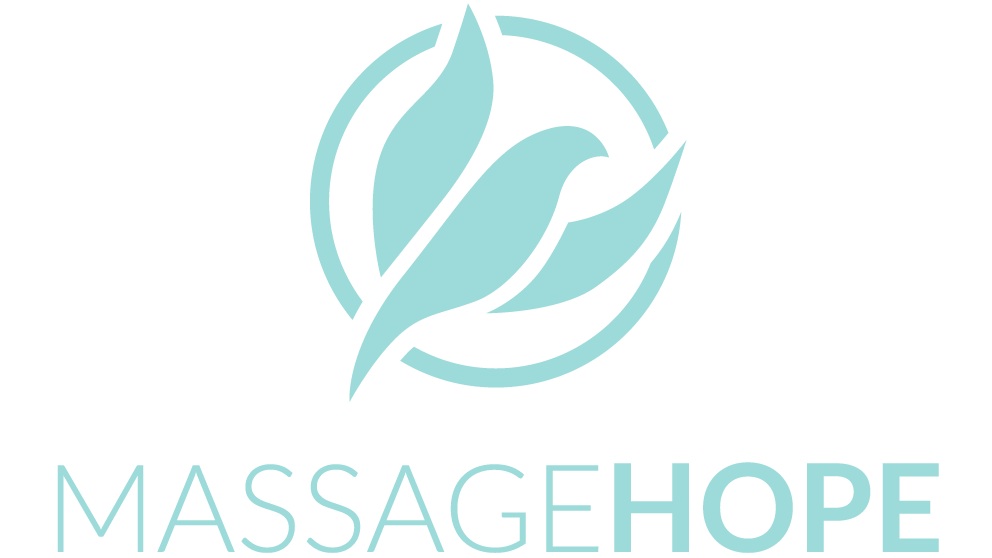This is a question I field constantly! It has become common in the massage and spa industry to separate these styles and often charge more for a deep tissue session. Naturally you want to know what you’re paying more for! Unfortunately these terms are misnomers with people assuming swedish means a light pressure, relaxing massage and that deep tissue means a solid, no pain no gain pressure for the serious massage enthusiast. That’s not exactly the case, but don’t worry, this post should clear it up for you.
What is Swedish Massage?
Swedish massage comes from the idea of the Swedish movement cure developed by Pehr Henrik Ling in the late 19th century which consisted of passive and active movements used to treat chronic illness. Swedish massage combines western massage, swedish movements, heat and other therapies typically found in resorts and spa. Swedish massage techniques will be used in most massages. They are the longer strokes that span the whole length of the muscle as well as your rocking, stretching, kneading, joint movements and sports massage. These will be done with various levels of pressure as needed and vary on client preference and muscle tension.
What is Deep Tissue?
The body has many levels of tissue, starting with the skin on top, fascia, muscles, tendons, ligaments, bones etc. The term deep tissue simply means a technique used to reach the deeper level of tissue. For example your rhomboids, (the muscles between your shoulder blades) are beneath, or deep to your trapezius, which is in turn deep to the skin. Therefore to have a massage stroke effect the rhomboids, one would need a firmer pressure. Deep tissue includes trigger point, myofascial work, friction to break up knots, kneading, and other techniques designed to reach the deeper levels of tissue in the body. Often times, firm pressure is needed, such as with trigger points, or breaking up “knots”, but it can also be a gentler pressure. Myofascial work is often a lighter pressure and stretches the muscle but the effects are deeply reaching.
But don’t you offer Therapeutic Massage?
Yes, this is why we prefer the term Therapeutic Massage. Every client and every massage for that matter is different, with a different goal or outcome for each session. One day you might have pain in your low back, a tension headache and stress, the next your legs may be tired from a gym session. In each session many different styles and techniques are utilized as your therapist moves through the body. Your therapist will check in on pressure and your comfort throughout the session while shifting between techniques; odds are you won’t be able to tell which is which as you relax and enjoy the session. Don’t be afraid to ask for more or less pressure or ask us questions about what we are doing! We can help forge a healthier, more massage savvy, you!
As always if you have questions about this post or massage in general feel free to give us a call at 703-858-2323 or email them to me at Kirsten@massagehope.com Thanks for reading!
Sources:
Tappan’s Handbook of Healing Massage Techniques, Benajmin, 2010
